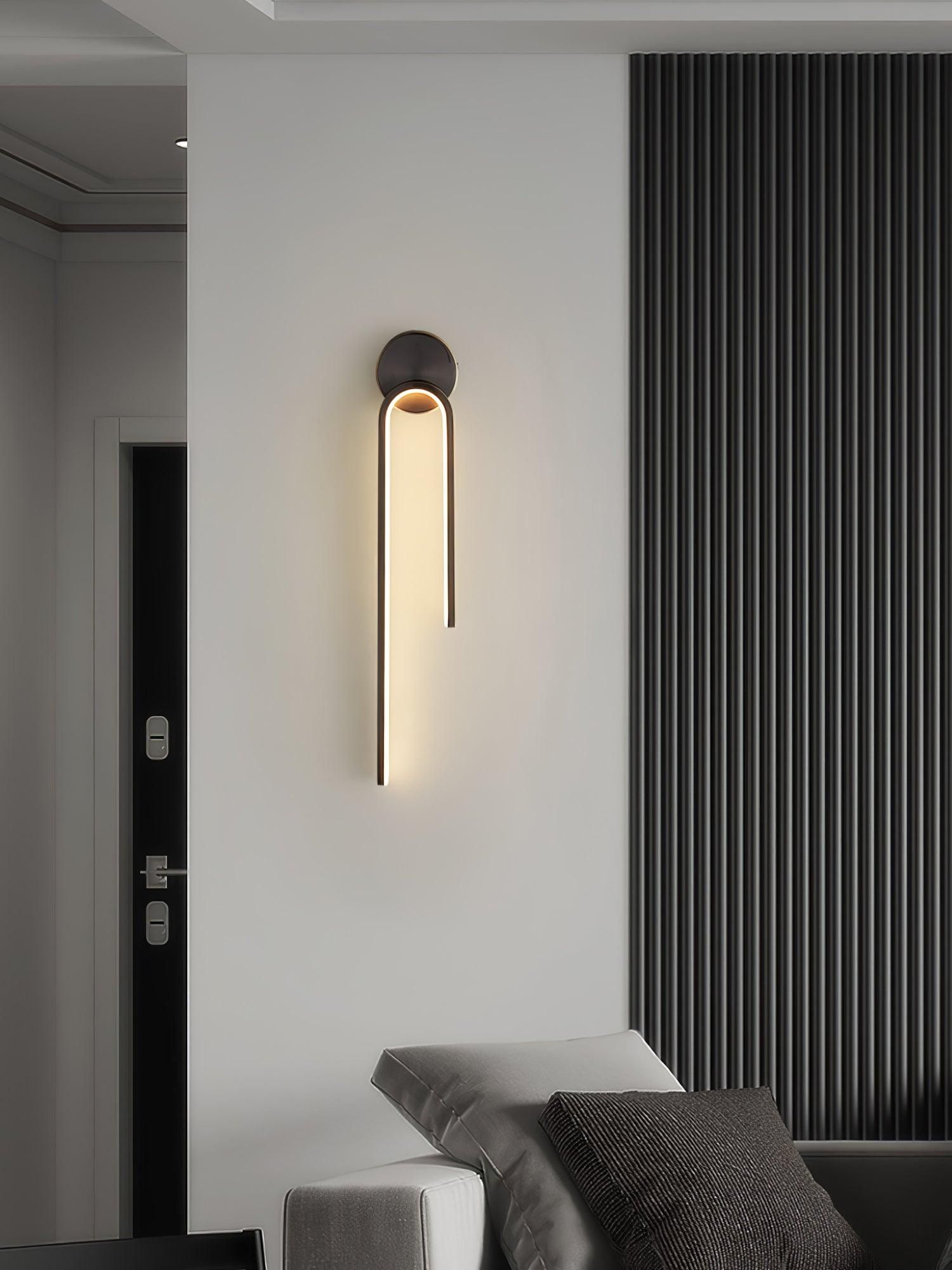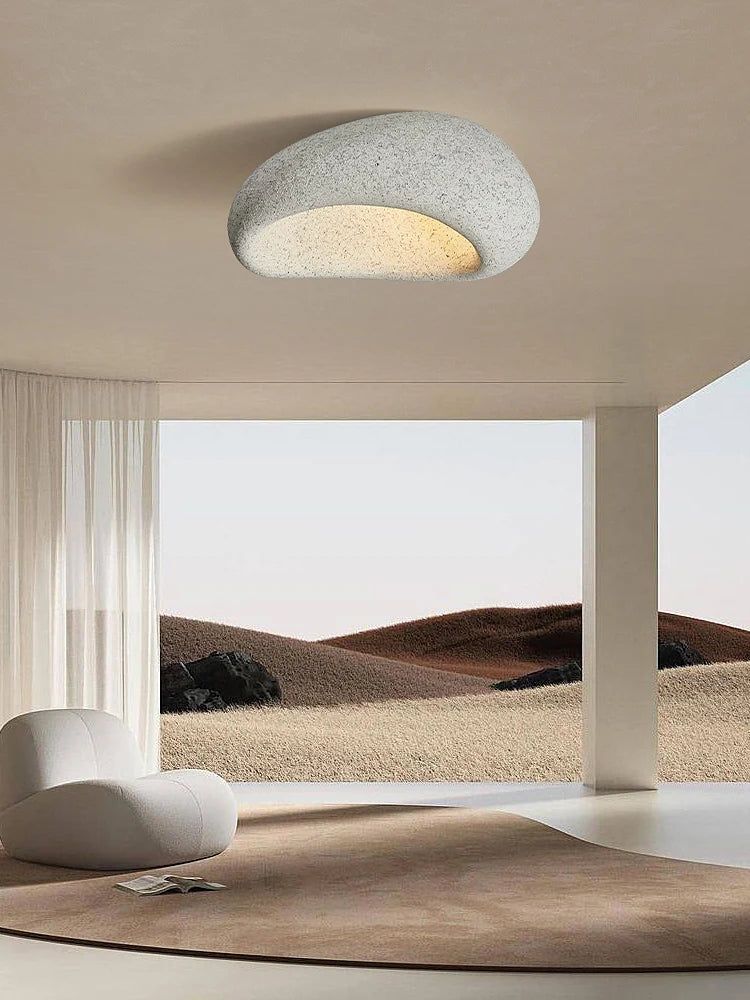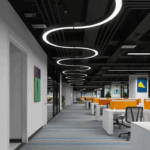
Indoor lighting plays a crucial role in creating a comfortable and functional environment within a space. Whether it be in a home, office, or commercial building, the right lighting can enhance the ambiance, improve productivity, and even boost mood and well-being. There are various types of indoor lighting options to choose from, such as ambient, task, accent, and decorative lighting, each serving a specific purpose in illuminating different areas of a room. LED lighting has become increasingly popular due to its energy efficiency and longevity, while smart lighting systems offer convenience and customization through remote control and programming. Properly designed indoor lighting can also accentuate architectural features, highlight artwork, and create focal points within a room. Overall, indoor lighting is an essential element of interior design that greatly contributes to the overall aesthetics and functionality of a space.
Indoor lighting plays a crucial role in creating a comfortable and functional living space. Proper lighting can enhance the ambiance of a room, provide necessary illumination for tasks such as reading or cooking, and even affect our mood and overall well-being. There are various types of indoor lighting fixtures to choose from, including overhead lights, floor lamps, table lamps, and wall sconces. Each type of lighting serves a different purpose and can be used to create different lighting effects in a room.
One popular trend in indoor lighting design is the use of LED lights. LED lights are energy-efficient, long-lasting, and come in a variety of colors and styles. They can be used to create a modern and sleek look in a room, or to add a pop of color and visual interest. LED lights are also dimmable, allowing you to adjust the brightness and ambiance of a room to suit your needs and preferences. Additionally, LED lights are environmentally friendly, as they use less electricity and produce less heat than traditional incandescent bulbs.
Another important factor to consider when choosing indoor lighting is the color temperature of the light. Color temperature is measured in degrees Kelvin and refers to the color of the light produced by a bulb. Warm white light (around 2700-3000K) is often used in living rooms and bedrooms to create a cozy and inviting atmosphere, while cool white light (around 4000-5000K) is more commonly used in kitchens and bathrooms for better visibility and task lighting. By selecting the right color temperature for each room in your home, you can create a harmonious and well-lit environment that meets both your aesthetic and functional needs.
 Decor ideas Style Starts Here
Decor ideas Style Starts Here








